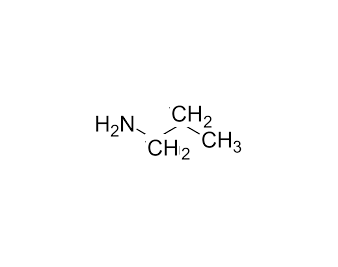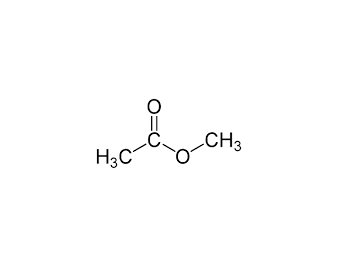The trends in boiling temperature of different functional groups.
Group
(1 is highest)
Amide
213
1

Propanamide
An amide group is the most polar. The reason is that it can form hydrogen bonds on both the oxygen and the nitrogen.
Click
Carboxyl
141
2

propanoic acid
Acids are second to amides in the degree of polarity of the molecule. Hydrogen bonds can form at both oxygen atoms.
Click
Alcohol
97
3

Propan-1-ol
Alcohols are capable of forming hydrogen bonds with only one oxygen as opposed to the two in carboxylic acids.
Click
Ketone
56
4-5

propanone
There is absence of hydrogen bonding in ketones (Click) and aldehydes (Click), but due to the presence of the carbonyl group (C=O), they can form weak dipole-dipole bonding.
Aldehyde
49

propanal
Amine
49

prop-1-amine
The polarity of the nitrogen atom in the amine group is shown to be much less than the oxygen in the hydroxyl group of an alcohol. Therefore, the dipole on N-H is much weaker than the dipole on|
O-H
Ester
32
7

methyl
ethanoate
The ester functional group has similar characteristics to the ketone and aldehyde functional groups, but, the boiling point indicates that it is the least polar of the three.
Click
Ether
11
8

methyl ethyl ether
Ethers, although polar molecules, lack hydrogen bonding. Intermolecular bonding is very weak, similar to alkanes. Hence, the properties of ethers are much like alkanes.
Alkane
-42
9
propane
Alkanes, alkenes, and alkynes are essentially non-polar. Intermolecular bonds are entirely due to dispersion forces.